Hummingbirds, with their iridescent feathers and remarkable hovering abilities, bring a magical quality to any garden. These tiny aerial acrobats can transform an ordinary backyard into a vibrant wildlife sanctuary. Many bird enthusiasts report disappointment with seeing only occasional hummingbird visitors despite their best efforts. The secret to increasing these enchanting encounters lies not in a single feeder, but in creating a comprehensive habitat that addresses all the needs of these remarkable birds. With thoughtful planning and strategic setup choices, you can create an environment that not only attracts hummingbirds but encourages them to make your yard a regular destination, potentially doubling or even tripling your typical hummingbird visits.
Understanding Hummingbird Needs
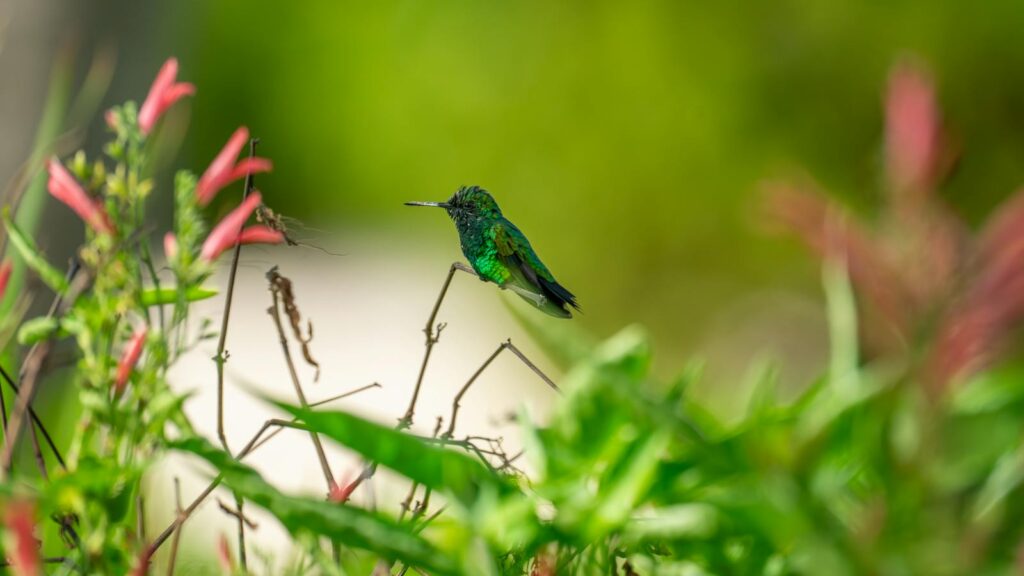
Hummingbirds require more than just sugar water to thrive in your backyard habitat. These tiny birds have specific needs including proper nutrition, safe shelter, water sources, and protection from predators. Their high metabolism demands frequent feeding, consuming up to half their body weight in nectar daily, while also requiring protein from insects for complete nutrition. Hummingbirds are territorial creatures, especially around food sources, and will establish regular routes between favorable locations. Creating a complete ecosystem rather than offering a single feeder is key to keeping these jewel-toned visitors returning consistently. By understanding these fundamental requirements, you can design a backyard setup that satisfies every aspect of hummingbird life.
Strategic Feeder Placement
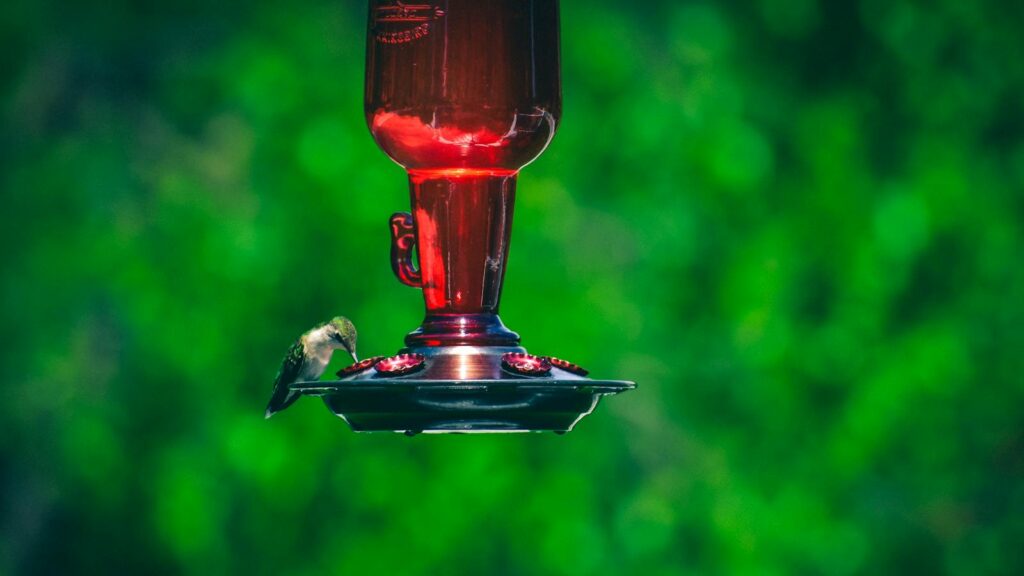
The location of your hummingbird feeders plays a crucial role in attracting multiple birds while minimizing territorial conflicts. Instead of clustering all feeders in one area, distribute them throughout your yard, ensuring they’re placed at least 10-15 feet apart to reduce aggressive behavior between competing birds. Position feeders near flowering plants that naturally attract hummingbirds, creating natural feeding stations that feel safe and inviting. Hanging feeders at different heights accommodates the preferences of different hummingbird species, with some preferring to feed higher while others stay closer to protective cover. For maximum visibility, place at least one feeder near a window where you can enjoy observing these fascinating creatures, but keep others in quieter areas of the garden to provide options for shyer individuals.
Diversifying Feeder Types
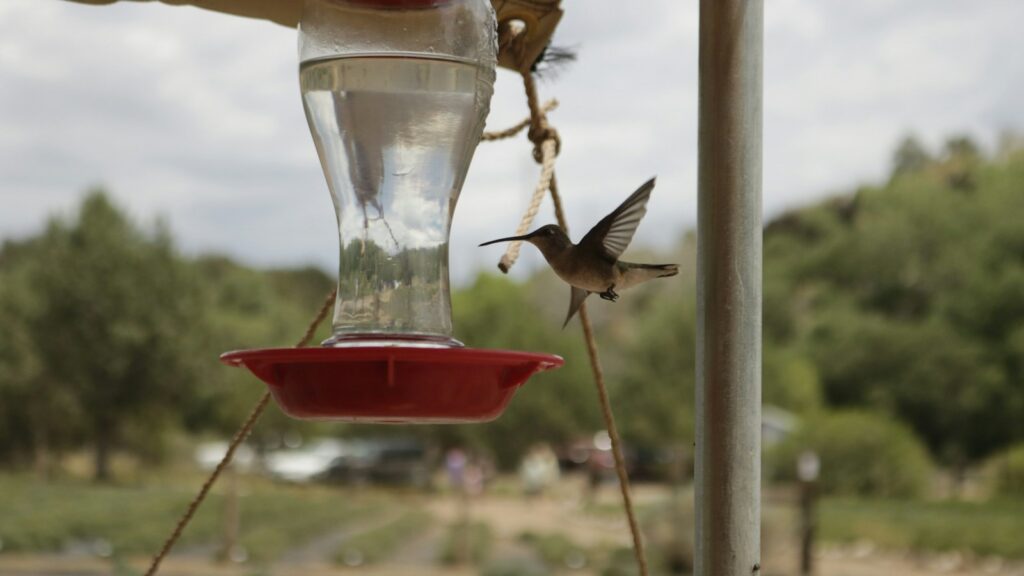
Not all hummingbird feeders are created equal, and offering variety can significantly increase visitor numbers. Traditional bottle-style feeders with multiple ports work well as primary feeding stations, while smaller dish-style feeders can be placed in more intimate garden corners. Window-mounted feeders bring birds up close for personal observation, while specialized vertical feeders with stacked ports may attract different species. Some hummingbirds show preferences for certain feeder colors or styles, so experimentation can help determine what works best in your location. Providing multiple feeder types not only accommodates different hummingbird preferences but also helps prevent a single dominant bird from monopolizing all your feeding stations. Consider adding specialized feeders designed to minimize bee and ant problems, which can make feeding more pleasant for your hummingbird visitors.
Perfecting Your Nectar Recipe

The quality of your nectar solution directly impacts hummingbird visitation rates and health. The ideal homemade nectar consists of one part plain white granulated sugar dissolved in four parts water, closely mimicking the natural sucrose content of flower nectar. Avoid using honey, brown sugar, artificial sweeteners, or red food coloring, as these can be harmful or even fatal to hummingbirds. During hot weather, prepare smaller batches to ensure freshness, as nectar can ferment quickly in warm temperatures. Clean feeders thoroughly every 2-3 days in summer and 4-5 days in cooler weather using a solution of vinegar and water to prevent harmful mold growth. By maintaining consistently fresh, properly prepared nectar, you signal to hummingbirds that your yard is a reliable, high-quality food source worth returning to regularly.
Creating a Native Plant Haven
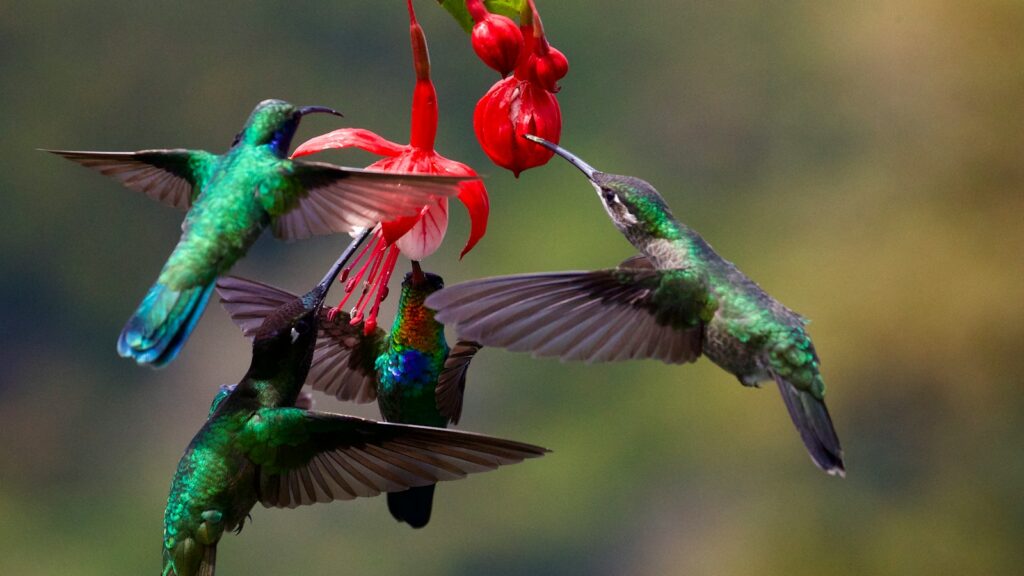
While feeders provide supplemental nutrition, natural nectar sources from native flowering plants form the foundation of a truly hummingbird-friendly yard. Select regional native plants with tubular flowers in red, orange, and pink hues that have evolved alongside local hummingbird species. Plan your garden to provide continuous blooming throughout the hummingbird season, with early bloomers like columbine and salvia giving way to summer cardinal flower, bee balm, and trumpet vine, followed by late-season bloomers. Native plants not only provide nectar but also attract the small insects hummingbirds need for protein, creating a complete nutritional landscape. Position plants at varying heights, from ground covers to shrubs and vines, creating a layered habitat that provides both food and shelter while making your garden more visually interesting for both hummingbirds and human observers.
Establishing Water Features
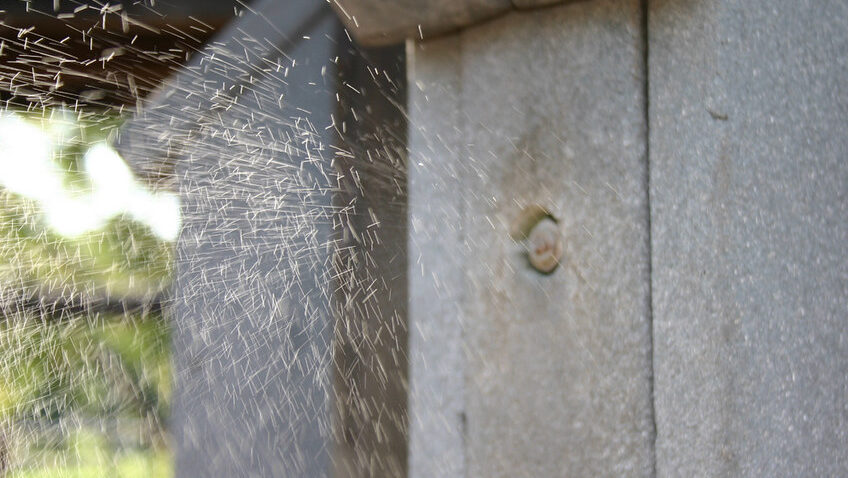
Hummingbirds need water not just for drinking but also for bathing, making water features a powerful attraction in your backyard habitat. Unlike larger birds, hummingbirds prefer moving water in very shallow depths, with misting devices being particularly effective as they mimic natural rainfall. A solar-powered mister directed over broad leaves or shallow dishes creates ideal bathing opportunities that hummingbirds find irresistible, especially during hot weather. Small bubbling fountains with shallow edges where birds can perch and splash safely also work well for attracting these tiny visitors. Position water features near flowering plants but with clear flight paths and good visibility to make hummingbirds feel secure while bathing. During migration seasons, these water sources become even more important, serving as beacons for traveling hummingbirds and potentially doubling your visitors as birds stop to rest and refresh themselves.
Providing Perching Opportunities

Despite their reputation for constant motion, hummingbirds actually spend up to 80% of their time perching to rest, digest, and observe their surroundings. Incorporating slender branches, garden stakes, or specialized hummingbird perches throughout your garden creates essential resting spots that make your yard more appealing. Position perches near but not directly at feeders, allowing birds to rest while still guarding their food source from competitors. Include both exposed perches that serve as lookout posts and more sheltered options within foliage where birds can rest protected from predators and weather. Hummingbirds particularly value perches with good visibility of feeding areas, as they prefer to assess safety before approaching nectar sources. These strategic resting spots not only attract more birds but also provide you with better opportunities to observe hummingbird behavior beyond just feeding activities.
Creating Safe Nesting Sites
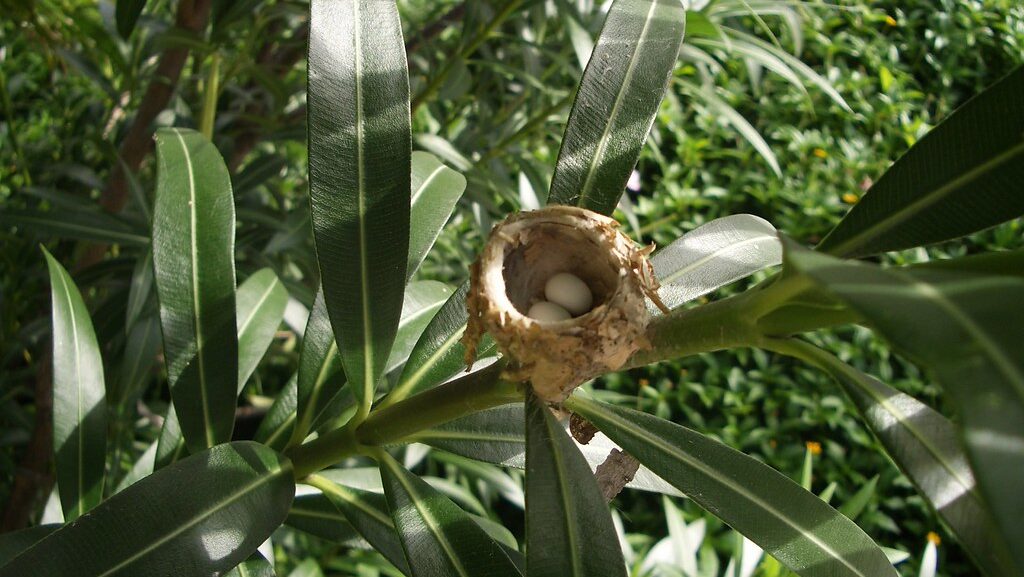
Attracting nesting hummingbirds represents the ultimate backyard achievement, potentially keeping birds in your vicinity throughout the breeding season. Female hummingbirds seek sheltered locations with protection from predators and elements, typically 10-20 feet above ground in deciduous trees or large shrubs. Provide nesting material by growing plants with soft, fuzzy leaves like lamb’s ear, or hang mesh bags containing natural cotton fibers, plant down, or soft pet fur during nesting season. Avoid disturbing areas where you observe hummingbirds repeatedly visiting specific trees, as they may be constructing or tending to a nest. The presence of spider webs is essential for nest building, as hummingbirds use them to bind their tiny nests together and secure them to branches, so avoid removing all spider webs from garden areas. A successful nesting site can establish a multi-generational connection to your yard, as offspring often return to their birth areas.
Minimizing Threats and Predators

Creating a safe environment dramatically increases hummingbird comfort and visitation frequency in your backyard. Position feeders and plants away from areas where cats can hide or pounce, ideally hanging feeders at least 5-6 feet off the ground and away from dense shrubbery that could conceal predators. Install baffles or guards on feeder poles to prevent climbing animals from reaching hummingbird feeding areas. Minimize the use of chemical pesticides and herbicides that can harm both hummingbirds and the insects they depend on for protein. Position feeders at a safe distance from windows or apply window decals and screens to prevent deadly collisions, which kill millions of birds annually. By addressing these common hazards, you create a sanctuary where hummingbirds can feed, rest, and potentially nest without constant stress, encouraging longer and more frequent visits.
Seasonal Feeding Strategies
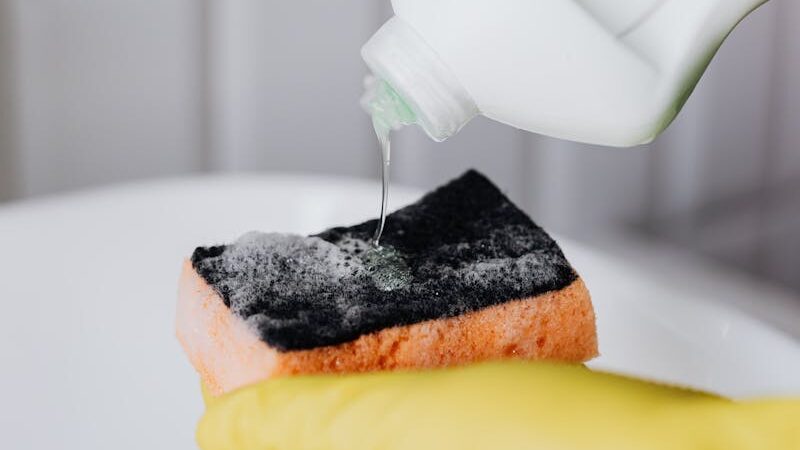
Adapting your feeding approach to match seasonal hummingbird behavior can significantly increase your visitor numbers throughout the year. In spring, have feeders clean and filled at least two weeks before the expected arrival date of migrants in your area, as early birds often remember reliable food sources from previous years. During summer breeding season, maintain consistent feeding schedules since females with nestlings depend on predictable food sources. Increase the number of feeders during fall migration when transient birds may double or triple your usual hummingbird population. In mild winter climates where some hummingbirds remain year-round, continue providing nectar while using special techniques like feeder warming devices or bringing feeders in overnight to prevent freezing. By aligning your feeding practices with natural hummingbird cycles, you maximize your yard’s appeal during critical high-traffic periods.
Designing Hummingbird Zones
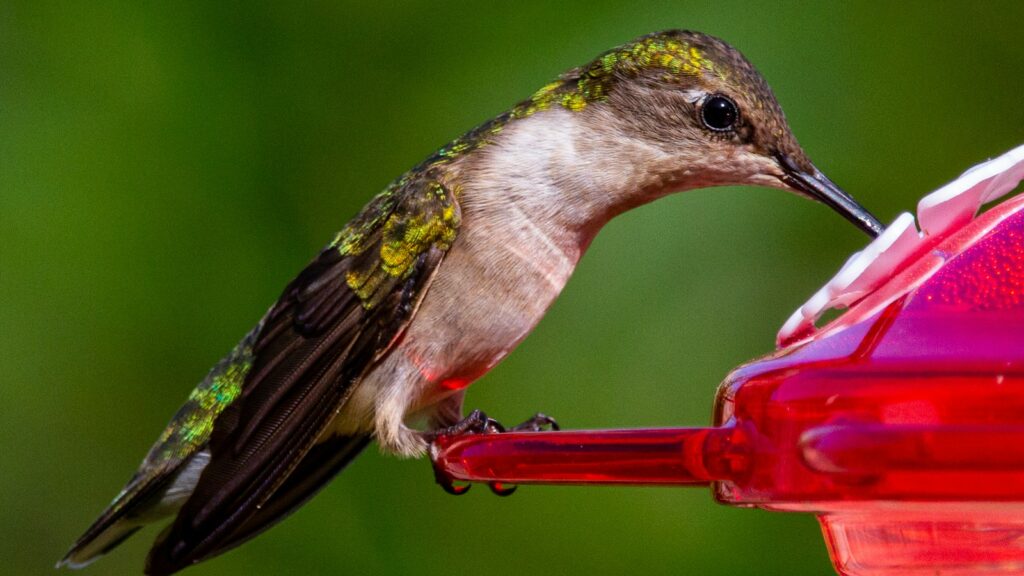
Creating dedicated “hummingbird zones” throughout your yard establishes multiple territories that can accommodate several birds simultaneously. Each zone should ideally include a nectar feeder, nearby flowering plants, perching options, and protective cover, essentially forming a complete mini-habitat. Position these zones with good visibility between them but enough distance (at least 15-20 feet) to reduce territorial conflicts. Different species of hummingbirds may establish separate preferred areas, allowing multiple birds to coexist in your yard without constant confrontation. Consider sun exposure when designing zones, creating options in both full sun areas for morning feeding and shadier locations for afternoon relief during hot weather. This strategic zoning approach effectively multiplies your yard’s carrying capacity for hummingbirds by accommodating their natural territorial instincts while providing multiple complete habitat options.
Attracting Different Hummingbird Species
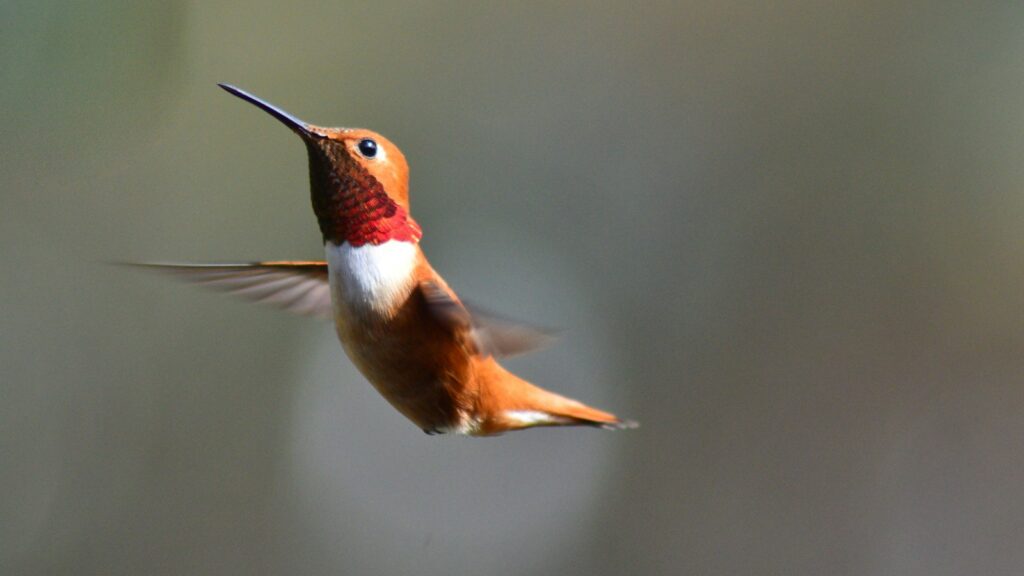
Depending on your geographic location, multiple hummingbird species may visit your yard if you provide diverse resources that appeal to their varying preferences. Research which species are native or migratory in your region, as different hummingbirds favor specific plants, feeding heights, and habitat features. For example, Rufous hummingbirds tend to be highly territorial at feeders, while Black-chinned hummingbirds often prefer feeding at the edges of territories established by more aggressive species. Include plants with different flower shapes and blooming times to accommodate the varying bill lengths and seasonal movements of different hummingbird species. Position some feeders in open areas for species that prefer unobstructed approaches, while placing others near protective cover for more cautious varieties. This diversity-focused approach not only increases your overall visitor numbers but also enhances your birdwatching experience with a variety of hummingbird behaviors and appearances.
Maintaining Year After Year

The secret to doubling hummingbird visits over time lies in consistent maintenance and thoughtful expansion of your hummingbird-friendly features. Document which plants, feeder locations, and other elements prove most successful, then gradually enhance these aspects while experimenting with new additions. Maintain reliable feeding schedules, as hummingbirds remember dependable food sources and will return to them year after year, often bringing offspring. Expand your plantings each season, focusing on extending the blooming calendar to provide continuous natural nectar sources. Clean and repair feeders regularly, replacing them if they develop leaks or cracks that could harbor harmful bacteria. Consider keeping a simple journal of hummingbird activity to identify patterns and peak visitation times, which can inform future improvements to your backyard setup. This ongoing commitment to creating an ideal hummingbird habitat yields increasing rewards as your yard’s reputation spreads through the local hummingbird population.
Conclusion
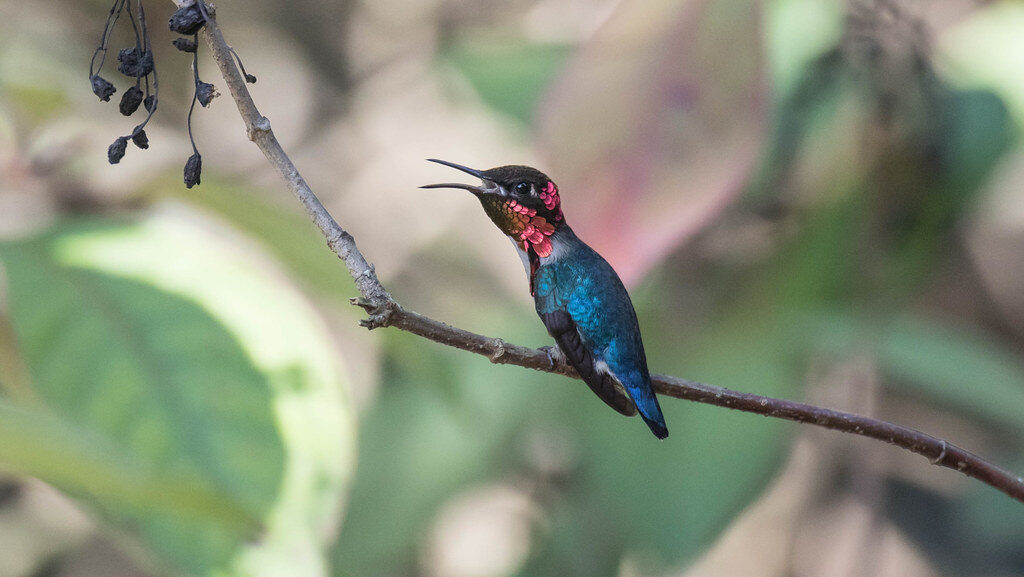
By implementing these comprehensive strategies, your backyard can evolve from an occasional hummingbird stopover to a thriving hub of activity. The key lies not in any single element but in the thoughtful integration of feeding stations, natural food sources, water features, shelter, and safety considerations that address every aspect of hummingbird needs. This holistic approach creates a magnetic draw for these remarkable birds, potentially doubling or even tripling your regular visitors while providing endless opportunities to observe their fascinating behaviors up close. With patience and attention to detail, your backyard can become a premier destination on the local hummingbird circuit, bringing joy and wonder with each tiny, iridescent visitor that chooses your carefully crafted habitat as their home away from home.
